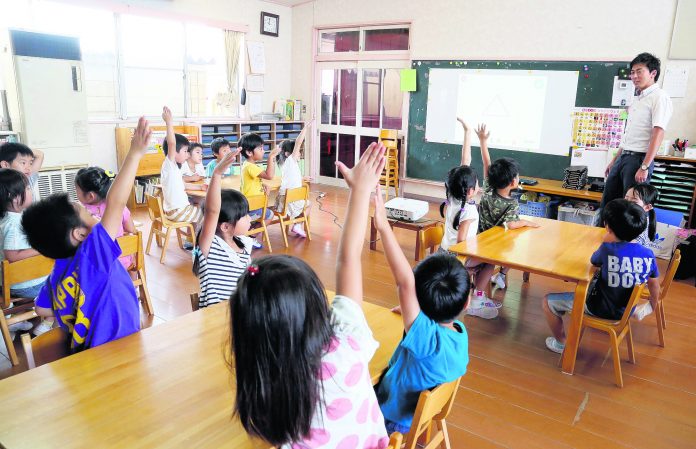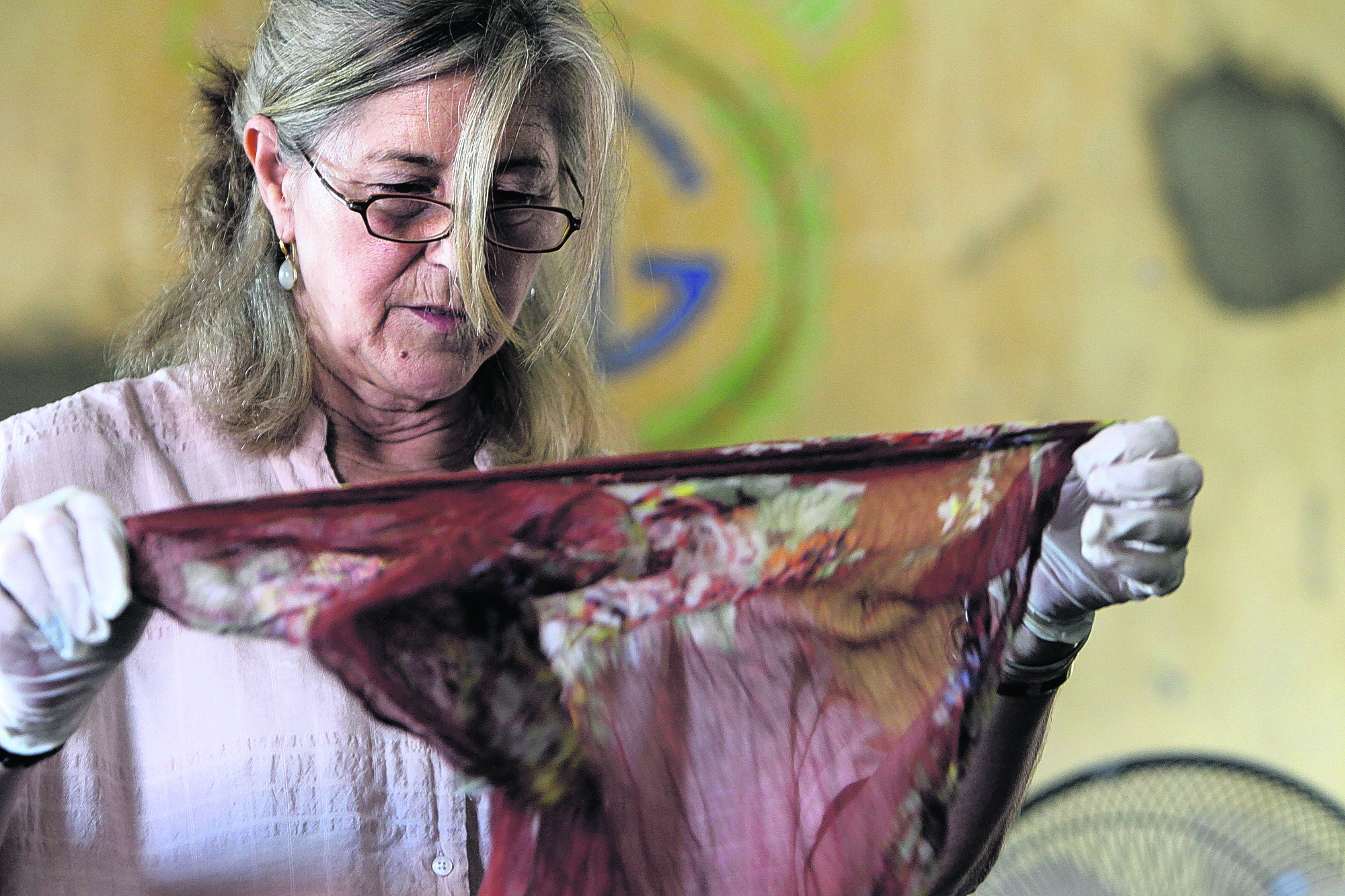
After her sixth-grade son’s school in Buffalo, New York, closed amid the coronavirus outbreak, Roxanne Ojeda-Valentin returned to campus with shopping bags to take home textbooks and weeks’ worth of assignments prepared by teachers.
A single mother with a full-time job, she now joins millions of parents around the country — and the world — suddenly thrust into the role of their children’s primary educators, leaving them scrambling to sift through educational resources and juggle lesson plans with jobs and other responsibilities.
“It’s a really big experiment,” Ojeda-Valentin said as she left the school, her second stop after picking up materials from her fourth-grade daughter’s school.
Even in school districts that are providing remote instruction, the burden falls on parents to keep their children on task. In others, parents are left to find educational websites and curricular materials on their own. And while the challenges are daunting for all, they can be nearly impossible to overcome for parents limited by access to technology and their own levels of education.
Across the United States, more than 118,000 public and private schools in 45 states have closed, affecting 53 million students, according to a tally kept by Education Week. While many closures were initially announced as short-term, parents are wondering if schools will reopen this academic year as the outbreak intensifies.
After Kansas became the first state to announce schools would remain closed for the year, a task force recommended from 30 minutes of work a day for the youngest students to up to three hours daily for students in sixth grade and up. California Gov. Gavin Newsom also has urged the state’s more than 6 million schoolchildren and their families to make long-term plans, telling them few, if any, schools would reopen before summer.
Los Angeles father Filiberto Gonzalez’s three children have daily contact with their teachers and one to four hours of work they can do on an existing online platform that supplements classes. But he never thought the arrangement would transform from a stopgap measure to permanent situation.
“The news … was a real shock to a lot of us,” he said.
In Portland, Oregon, Katie Arnold’s 7-year-old son has been spending his days in his mother’s office, keeping busy on an iPad and her laptop while she’s managing accounts for a catering company.
Oregon has shut down schools through April 28 and some districts have put optional activities online, though they are not meant to replace the regular curriculum. While her son’s district explores virtual learning, she has been combing the internet and tapping friends for suggestions.
“Scholastic had a bunch of free things and I have a friend who’s a teacher, so I’ve gotten a lot of workbook pages for him to do, just to try to keep him busy,” said Arnold, who also has been using educational websites like ABCmouse.
Arnold is making plans with other parents to teach children in small groups if the closure is extended, and is resigned to the idea that her workdays will be followed by evening school sessions.
“We’ll muster through it,” she said.
Some parents are turning to those with experience homeschooling for guidance, unsure of whether to enforce strict schedules and where to look for academic help. Amid an influx of interest, the National Home School Association dropped its membership fee from $39 to $10 for access to tip sheets and teaching materials, executive director Allen Weston said.
The online site Outschool saw 20,000 new students enroll during a single weekend in March, compared to the 80,000 who have attended class since its 2017 launch, CEO Amir Nathoo said. The company offers live, teacher-led online classes beginning at $5 each, but has also offered free webinars on running online classes through video conferencing.
Child development researcher Jessica Logan and her husband continue to work full-time from home and have been tag-teaming school-related questions from their 8- and 12-year-old children, home from Columbus City Schools in Ohio.
“I see all these people writing out, ‘Here are the six hours we’re going to spend each day doing homework,’ and was like, ‘Not happening in my house,'” she said. “When am I going to get my work done? I still have my own work to do, so does my husband. Neither of us can take the entire day off to sit with them and do math worksheets or science experiments.”
“All parents are in the same boat,” Logan said. “Your kid is not going to fall behind if they don’t do these assignments every day.”
Nevertheless, Vancouver, Washington, teacher Renee Collins has committed to keeping not only her own 10- and 8-year-old children on track academically, but two of her friend’s children and a second-grade neighbor as well.
“We’re going to do Monday, Tuesday and Thursday with the five kids together and the other days I’ll do individually with (her own kids). So we’ll do five days,” she said.
“The one thing that kind of gives a lot of us comfort,” said Collins who teaches middle-school math, “is that it’s not just our state. It’s our entire nation. It’s not just going to be the state of Washington that’s behind. It’s not just going to be my children that are going to be behind. It’s going to be everybody.”
___
The Associated Press receives support for health and science coverage from the Howard Hughes Medical Institute’s Department of Science Education. The AP is solely responsible for all content.
___
Follow AP coverage of the virus outbreak at https://apnews.com/VirusOutbreak and https://apnews.com/UnderstandingtheOutbreak.



















